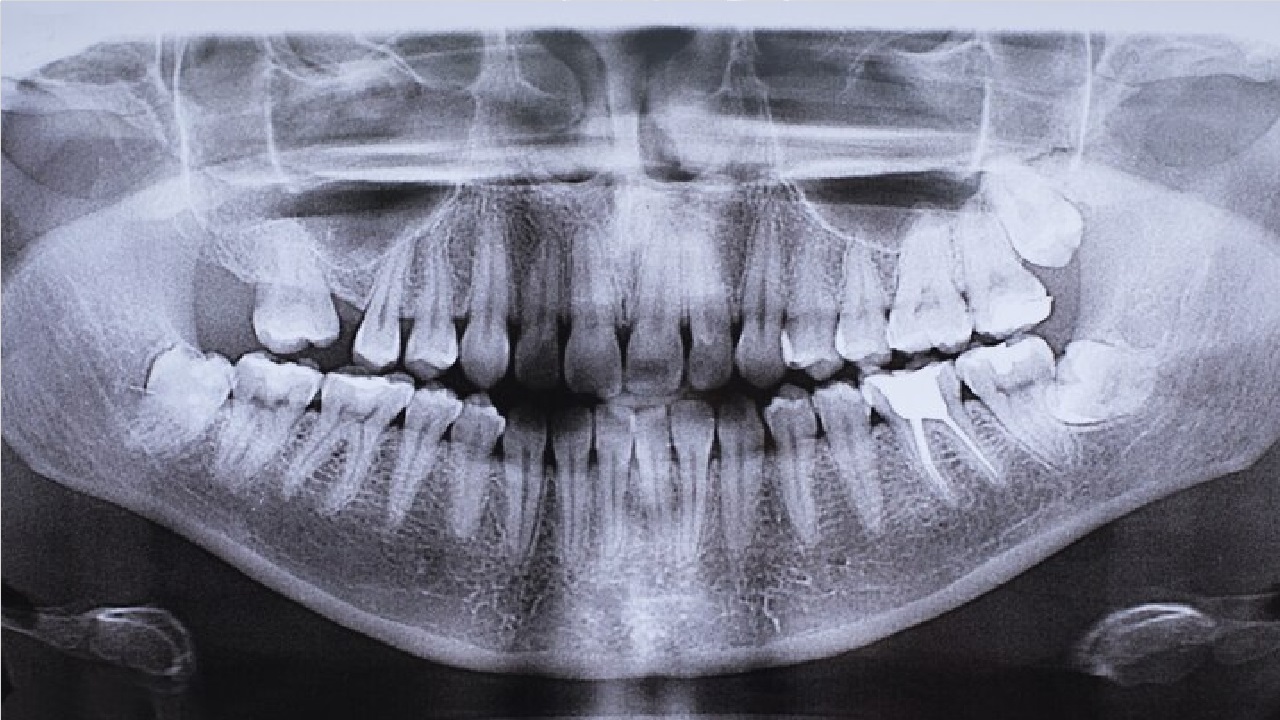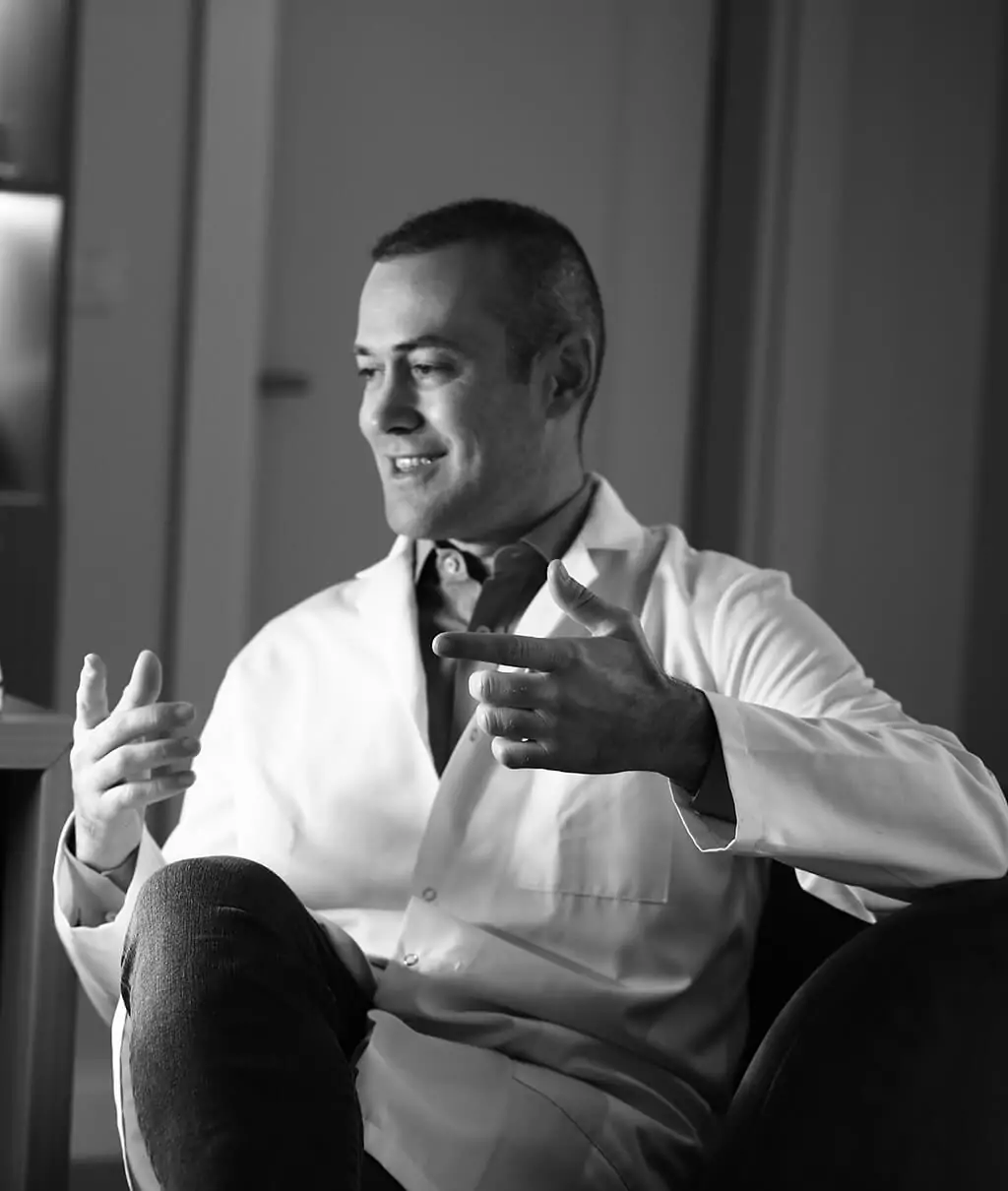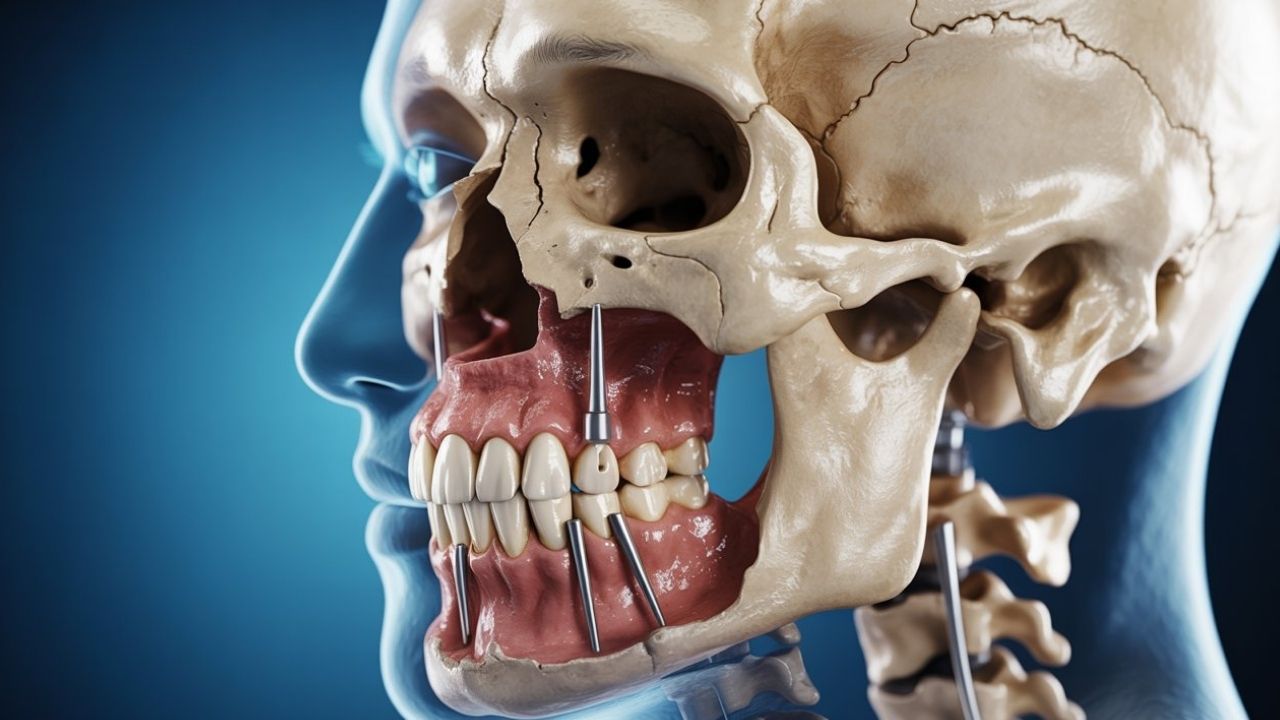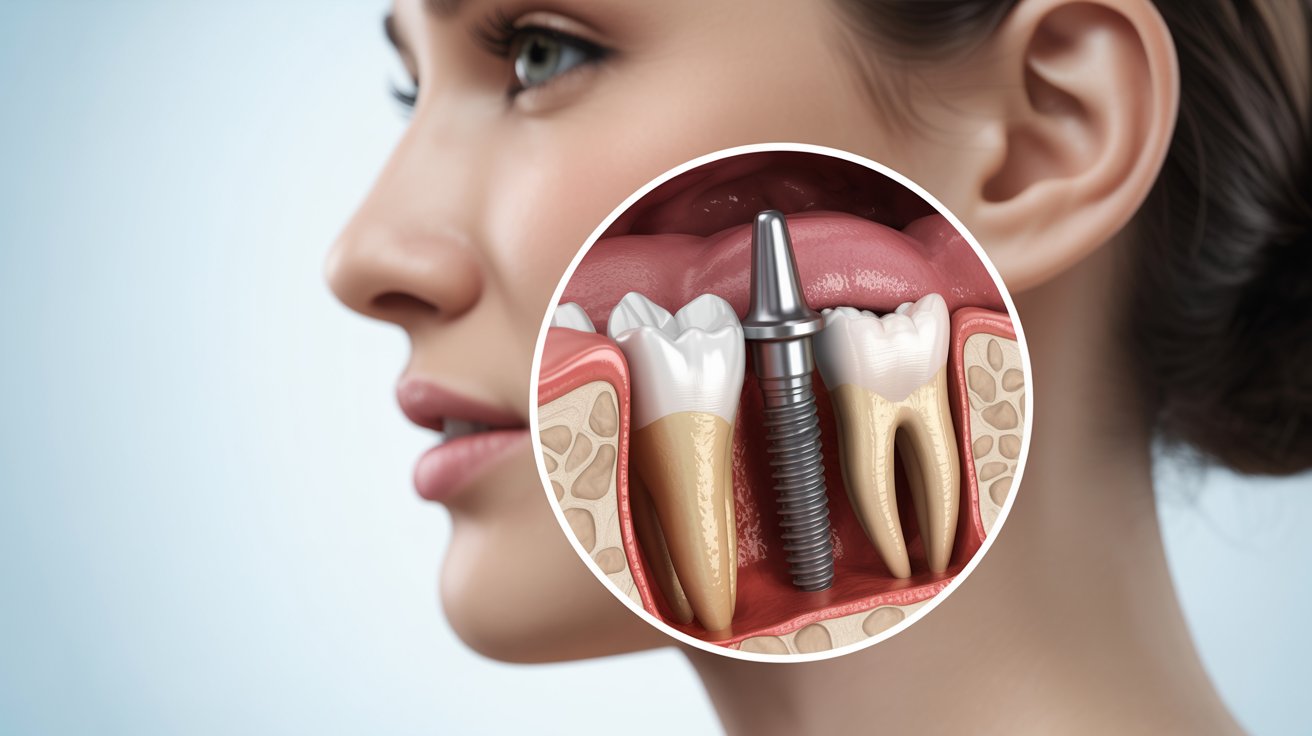Understanding the Zygomatic Bone Anatomy is essential not only for academic knowledge but also for those seeking expert care in maxillofacial surgery, trauma recovery, or cosmetic reconstruction. At Max Fax Zygoma Center, Prof. Dr. Celal Çandırlı specializes in precision-based treatment plans that are rooted in anatomical accuracy and surgical expertise.
What is the Zygomatic Bone Anatomy?
The zygomatic bone, also known as the cheekbone or malar bone, is a key structural element of the midface. Its anatomical landmarks serve as anchors for both facial aesthetics and functional architecture.
Whether you are dealing with a facial trauma, congenital defect, or seeking reconstructive surgery, understanding this anatomy is the foundation of successful treatment. That’s why patients worldwide trust Max Fax Zygoma Center for advanced diagnostics and care.
How the Zygomatic Bone Articulates with Surrounding Facial Bones?
The zygomatic bone articulates with four surrounding bones: the maxilla, temporal bone, sphenoid, and frontal bone. These articulations play a vital role in maintaining the structural integrity of the midface and serve as crucial landmarks for both anatomical understanding and surgical planning.
These bony junctions contribute significantly to the formation of the zygomatic arch and the lateral wall and floor of the orbital cavity. Together, they influence facial symmetry, support ocular structures, and enhance the overall aesthetic contour of the face.

Anatomical Landmarks of the Zygoma: Processus and Borders Explained
Zygomatic Bone Landmarks include:
- Frontal process
- Temporal process
- Maxillary process
- Orbital surface
- Zygomaticotemporal and zygomaticofacial foramina
Each bone plays a role in nerve passage, muscle attachment, and overall structural integrity. These landmarks are critical when performing surgical reconstructions or treating zygomatic bone fractures, related with the zygomatic bone anatomy.
How is Zygomatic Process?
The zygomatic process is a bony projection that connects the zygomatic bone to neighboring bones of the skull. It is not a single structure but rather a feature found on several different bones, each contributing to the zygomatic arch and midfacial structure. Here’s a breakdown:
| Types of Zygomatic Processes | Explanation |
| Zygomatic Process of the Maxilla
|
Extends laterally to articulate with the zygomatic bone, forming part of the infraorbital rim. Contributes to the anterior portion of the zygomaticomaxillary complex |
| Zygomatic Process of the Temporal Bone
|
Projects anteriorly to meet the temporal process of the zygomatic bone, forming the zygomatic arch. Important for the attachment of the masseter muscle. |
| Zygomatic Process of the Frontal Bone
|
Projects downward to articulate with the frontal process of the zygomatic bone. Forms part of the lateral orbital rim. |
| Temporal Process of the Zygomatic Bone | Extends posteriorly to meet the zygomatic process of the temporal bone. |

The Zygomatic Arch (Structure, Function, and Clinical Significance)
The zygomatic arch forms the lateral contour of the face and provides a structural bridge between the zygoma and the temporal bone. It is vital in procedures like orthognathic surgery and midface lift interventions. Any misalignment can affect both the function and symmetry of the face.
Zygomaticotemporal and Zygomaticofacial Foramina (Nerve Pathways)
Two critical foramina in the zygomatic bone anatomy—the zygomaticotemporal and zygomaticofacial foramina—allow for the transmission of sensory nerves. Proper identification of these pathways is essential during surgeries to prevent long-term sensory loss or neuropathic pain.
Zygoma’s Role in the Orbit and Eye Socket Formation
The zygomatic bone anatomy and Zygoma’s Role in forming the orbital floor and lateral wall is often underestimated. Any trauma or fracture here can impact vision, eye alignment, and even neurological function. Our clinic is specialized in orbital reconstruction, ensuring both aesthetic and functional recovery.
Muscle Attachments on the Zygomatic Bone (Masseter, Zygomaticus, and More)
Several muscles insert on the zygoma, including:
- Masseter (crucial for chewing)
- Zygomaticus major and minor (important for facial expression)
During reconstructive or cosmetic surgeries, related with the zygomatic bone anatomy, preserving these attachments is paramount for natural movement and expression—one of the many specialties handled with expertise at Max Fax Zygoma Center.

Differences Between Left and Right Zygomatic Bones in Human Anatomy
While symmetrical by design, minor variations between the left and right zygomatic bone anatomy can exist due to trauma, genetics, or surgical history. Identifying these differences is crucial during bilateral corrective surgeries or implants.
The zygomatic bone ossifies from three centers during fetal development and continues to remodel throughout childhood. Awareness of these growth patterns aids in planning pediatric maxillofacial surgeries and anticipating post-operative changes.
Zygomatic Bone Anatomy in Humans vs. Other Mammals
Interestingly, in quadrupeds like dogs or horses, the zygomatic bone plays a different role in structural support and muscle attachment. This comparative insight enhances the understanding of biomechanics in trauma-informed surgical planning.
Clinical Importance of Zygomatic Bone Landmarks in Maxillofacial Surgery
Precise mapping of zygomatic bone landmarks is essential in various surgical procedures, including fracture fixation, facial reconstruction, orbital wall repair, and zygomatic bone reduction or augmentation. Accurate identification of these anatomical reference points ensures surgical precision, minimizes complications, and supports functional and aesthetic outcomes.
At Max Fax Zygoma Center, every surgical case is approached with advanced technology, including 3D planning, landmark-based navigation, and real-time imaging. This meticulous methodology allows our team to deliver highly personalized, safe, and effective treatments that restore both facial symmetry and confidence.Formun Altı
Why Choose Max Fax Zygoma Center?
Prof. Dr. Celal Çandırlı is internationally recognized for his expertise in Zygomatic Bone Anatomy and complex facial reconstruction. Our center provides:
- Advanced imaging and modeling
- Personalized treatment plans
- High success rates in trauma and cosmetic cases
Book your consultation to experience evidence-based, anatomically-informed care you can trust.
From zygomatic bone fractures to advanced reconstructive surgeries, we deliver results that restore confidence and function. At Max Fax Zygoma Center, Zygomatic Bone Anatomy isn’t just a concept—it’s the cornerstone of every successful treatment.





